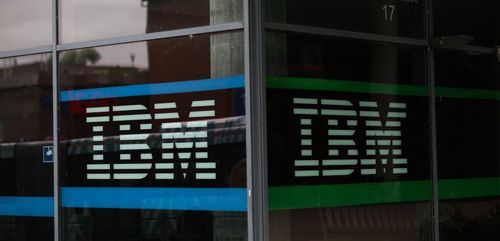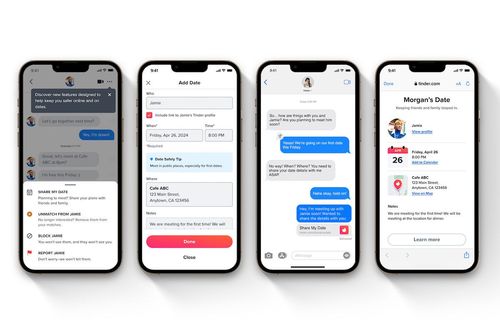Intel and Other Companies Pledge to Develop Open Generative AI Tools for Enterprises
Is it possible for generative AI designed for enterprises, such as those automating report writing or spreadsheet calculations, to work together seamlessly? A group including notable entities like Cloudera and Intel, coordinated by the Linux Foundation — a nonprofit that supports a variety of open-source projects — is on a mission to discover the answer.
On Tuesday, the Linux Foundation revealed the initiation of the Open Platform for Enterprise AI (OPEA). This endeavor aims to promote the creation of open, interoperable, and modular generative AI systems. Directed by the Linux Foundation’s LF AI and Data organization, which is devoted to AI and data-driven initiatives, the ambition of OPEA is to facilitate the emergence of reliable, scalable generative AI technologies that incorporate the finest innovations from the open-source domain, according to LF AI and Data’s executive director, Ibrahim Haddad.
"OPEA will introduce groundbreaking possibilities in AI technology by establishing a versatile, composable framework at the forefront of tech stacks," Haddad stated. He emphasized that the initiative reflects their commitment to fostering open-source innovation and collaboration within the AI and data realms, guided by a fair and transparent governance model.
OPEA, which is part of the Linux Foundation’s Sandbox Projects designed to nurture new projects, brings together major entities like Intel, IBM-owned Red Hat, Hugging Face, Domino Data Lab, MariaDB, and VMware.
 A diagram explaining RAG models. Image Credits: Intel
A diagram explaining RAG models. Image Credits: Intel
What innovations might we expect from their collaboration? Haddad offers insight into potential advancements such as enhanced AI toolchains and compilers to facilitate AI tasks across various devices, alongside "heterogeneous" systems for retrieval-augmented generation (RAG). RAG models, growing in popularity for enterprise AI, draw on external data beyond their initial training set. This allows them to generate responses or execute tasks with a broader knowledge base, integrating both proprietary and publicly available data.
 Why Meta is looking to the fediverse as the future for social media
Why Meta is looking to the fediverse as the future for social media Microsoft’s Surface and Xbox hardware revenues take a big hit in Q3
Microsoft’s Surface and Xbox hardware revenues take a big hit in Q3 Augment, a competitor of GitHub Copilot and backed by Eric Schmidt, emerges from stealth mode with a launch of $252 million
Augment, a competitor of GitHub Copilot and backed by Eric Schmidt, emerges from stealth mode with a launch of $252 million IBM advances further into hybrid cloud management with its $6.4 billion acquisition of HashiCorp
IBM advances further into hybrid cloud management with its $6.4 billion acquisition of HashiCorp Perplexity is raising over $250 million at a valuation of between $2.5 billion and $3 billion for its AI search platform, according to sources.
Perplexity is raising over $250 million at a valuation of between $2.5 billion and $3 billion for its AI search platform, according to sources. Apple announces May 7 event for new iPads
Apple announces May 7 event for new iPads Gurman: iOS 18 AI features to be powered by entirely On-Device LLM, offering privacy and speed benefits
Gurman: iOS 18 AI features to be powered by entirely On-Device LLM, offering privacy and speed benefits Meta aims to become the Microsoft of headsets
Meta aims to become the Microsoft of headsets Tinder introduces a 'Share My Date' feature allowing users to share their date plans with interested friends
Tinder introduces a 'Share My Date' feature allowing users to share their date plans with interested friends This is Tesla's effective solution for the recalled Cybertruck accelerator pedals
This is Tesla's effective solution for the recalled Cybertruck accelerator pedals
